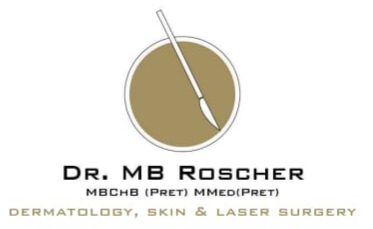Unwanted Body Hair: Face, Back, Chest, Armpits, Bikini Area, Legs and Arms. 8-10 session treatment, permanent hair reduction.
Causes of Excessive Hair Growth
Excessive hair growth is classified as either hypertrichosis or hirsuitism. Hypertrichosis is the presence of excess hair in a normal or abnormal pattern. This may be inherited (genetic), or due to medications, hormones, malnutrition, tumors, or metabolic problems. Hirsuitism is the presence of excess hair in women in a male pattern such as the beard, mustache, or lower abdomen, and may be due to hormonal problems, medications, tumors, or heredity.
Post-Treatment Skin Reaction
Slight perifollicular erythema is a clinical sign of sufficient treatment In skin type 4 – 5 patients a dark circle around the hair follicles may be observed. It will disappear within 4 days. The hairs normally stay in the hair follicle for 2 – 3 weeks after which the patient can expect a hair-free period If the patient gets increased amount of hairs, it may be because of too low energy is used or it could be due to synchronisation.
Types of Lasers and How They Work
A large area of the skin can be treated at one time making laser hair removal cost-effective and faster than other methods. Lasers send a low-energy beam through the skin that is absorbed by dark pigment (melanin) present in the shaft of the hair follicles. Since hair cycles as it grows, repeated treatments are necessary to destroy about 80 percent of the hairs. Different types of lasers may be used. The ruby, alexandrite, and diode were the first lasers approved for hair reduction. The intense pulsed light (IPL) systems are also used. These lasers work best on light-skinned, dark-haired individuals because dark pigments in the surrounding skin cannot absorb the light they emit. Lasers with longer wavelengths, such as the Nd:YAG lasers, have the ability to treat darker skin types including African-American skin.
Side Effects
Side effects of laser hair removal treatments may include pain, perifollicular edema (swelling around the hair follicle due to excessive fluid), and erythema (redness and inflammation) lasting one to three days. Blistering, herpes simplex outbreaks, and bacterial infections also can occur. Temporary skin lightening or darkening, especially in darker skin types, or in patients with a recent tan, may be seen. Permanent skin pigment change or scarring is very rare. Loss of freckles or lightening of moles in the treatment area may occur, as well as darkening or lightening of tattoos.
